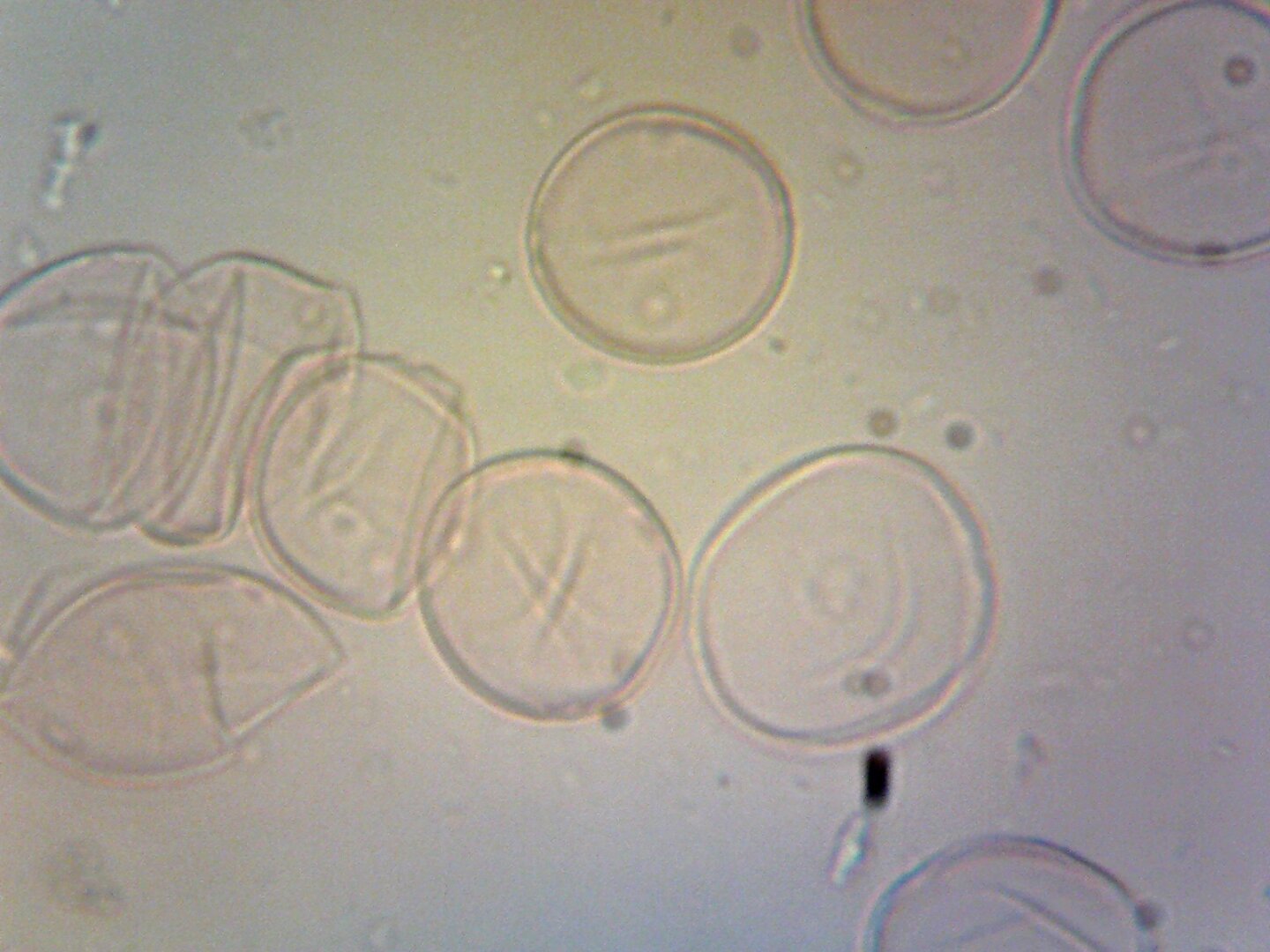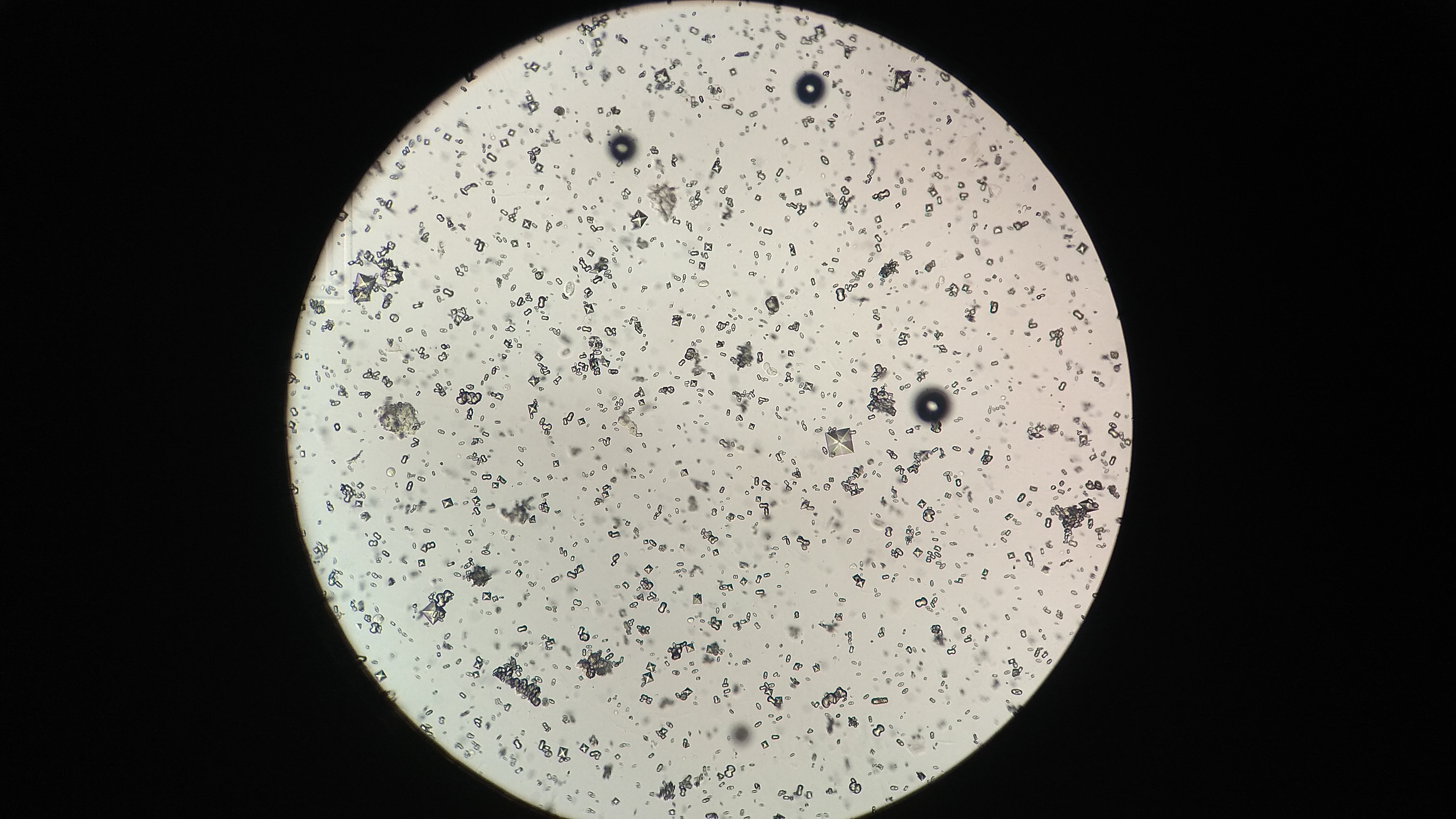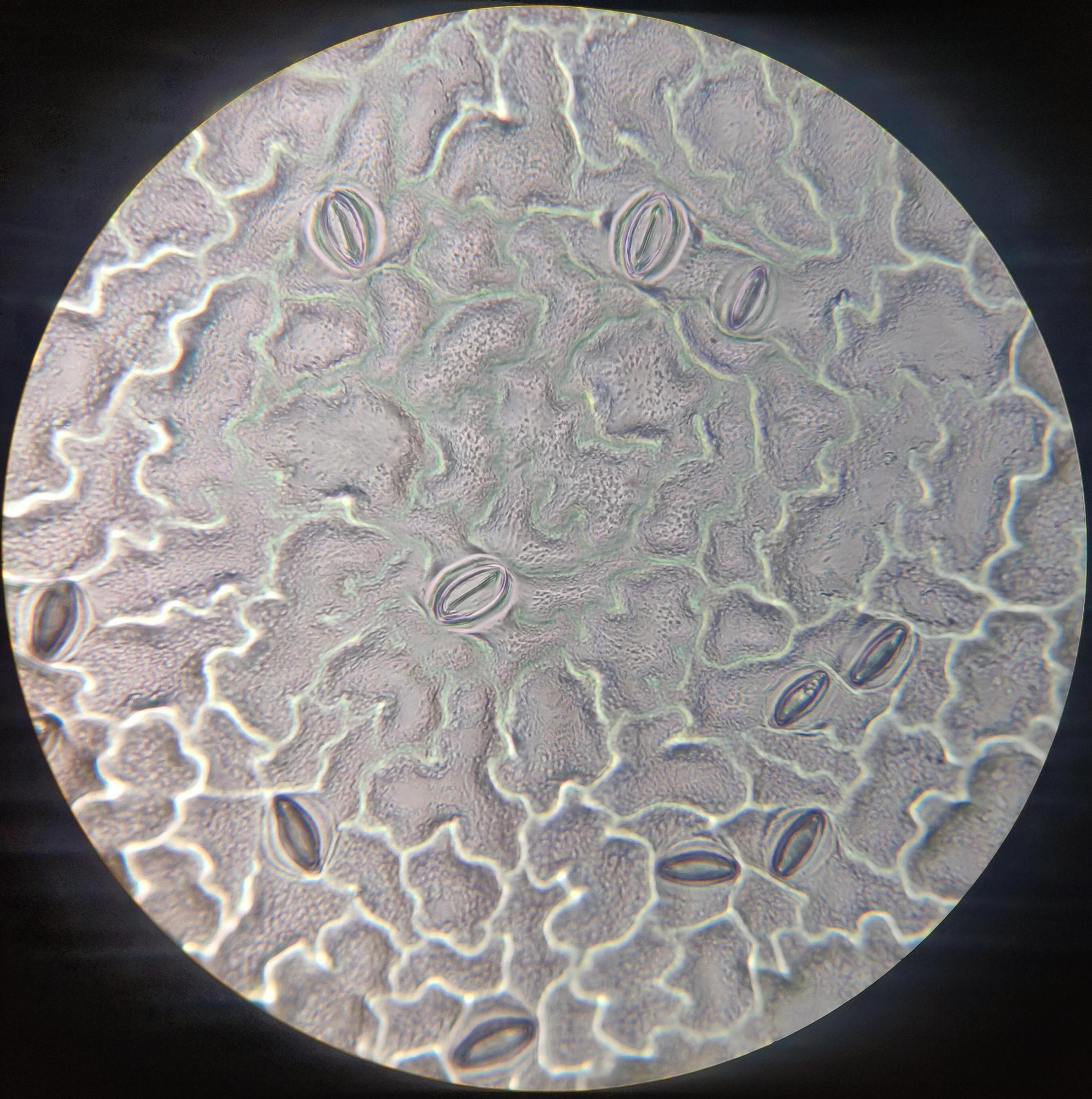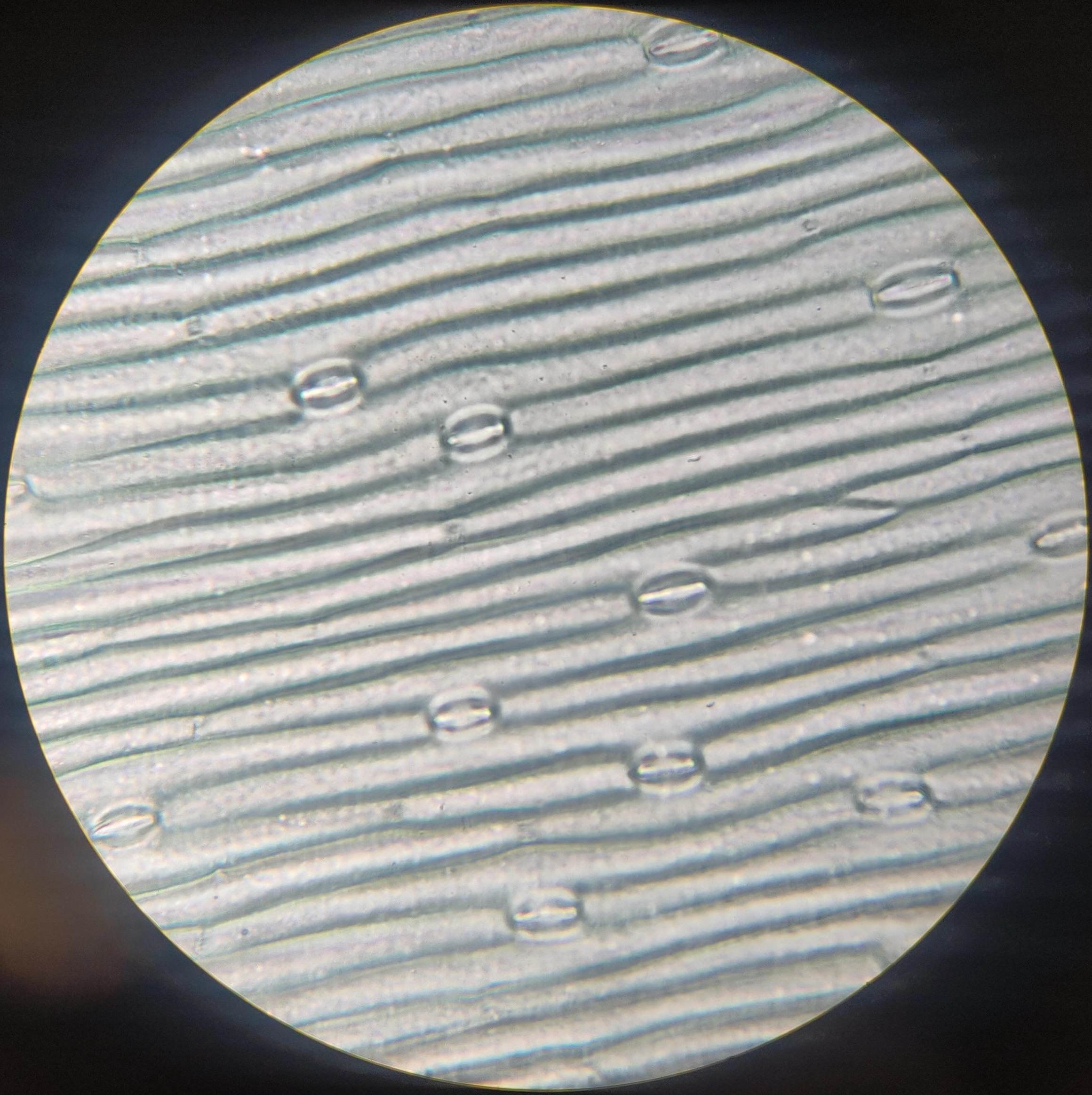5
5
6
4
10
2
PiAutoStage: An Open-Source 3D Printed Tool for the Automatic Collection of High-Resolution Microscope Imagery
(agupubs.onlinelibrary.wiley.com)
14
1
16
1
18
1
19
1
Microscopy
248 readers
2 users here now
Anything related to things that are too small to see them with the eye, and the tools used to observe them.
This space is quite general in scope - microscopes, microbiology, small component electronics, questions about buying optical components, etc.
founded 2 years ago
MODERATORS




